The Mercedes Benz B-Class Electric Drive hits the United States later this summer as the chief competitor to the radically new BMW i3. It promises the refined driving experience and outstanding interior of a Mercedes combined with the performance of a Tesla-supplied powertrain. Initial reviews have been largely positive.
However, the B-Class boasts unimpressive efficiency ratings compared to other battery electric vehicles on the market. It can offer 87 miles of range, slightly more than the i3 and Nissan LEAF, and 104 miles with the optional range extender package that allows the occasional maximum charge. But this range is due to a very large battery and is held back by a recently announced EPA-rated efficiency of just 84 MPGe combined (via Green Car Reports).
How the B-Class stacks up
The EPA rated the B-Class Electric Drive at 85 MPGe city, 83 MPGe highway, and 84 MPGe combined. This pales in comparison to the 123 MPGe combined of the BMW i3 and the 113 MPGe combined of the Nissan LEAF.
However, the B-Class looks better next to the Tesla Model S – the luxury sedan from Palo Alto manages 89 MPGe. To summarize:
BMW i3 – 123 MPGe
Nissan LEAF – 113 MPGe
Tesla Model S – 89 MPGe
Mercedes-Benz B-Class Electric Drive – 84 MPGe
The main culprit: weight
There is one dominant reason why the B-Class Electric Drive suffers in energy efficiency compared to the i3 and LEAF: it is far heavier than both rival EVs.
It is heavier because it is a legacy gasoline/diesel luxury vehicle constructed primarily of steel with the powertrain swapped out. In addition, the B-Class has a significantly larger battery than both the Nissan and BMW; it boasts 36 kWh of capacity compared with 22 kWh for the i3 and 24 kWh for the LEAF. The extra battery capacity adds significant weight.
Add it all up and the B-Class tips the scales at 3,858 pounds, about 660 of which are the battery and its ancillaries. This does not compare favorably with the ultra-light i3 at 2,629 pounds, or the LEAF at 3,242 pounds. Of course, the purpose-built i3 is smaller and constructed of carbon fiber reinforced plastic and aluminum, and the LEAF is an economy vehicle with a smaller battery and fewer luxury segment characteristics that add weight.
All that extra weight the B-Class has to drag around is mainly responsible for the efficiency disparity. Added weight increases the power required to accelerate the vehicle and overcome rolling resistance from the tires, which hurts overall efficiency. Interestingly, the Model S actually is far heavier than the B-Class at 4,464 pounds for the 60-kWh version, yet it achieves a higher efficiency rating due to its optimized industry-leading aerodynamics.
Most electric vehicles are very weight-conscious and measures are taken in their design to maximize range by saving as much weight as possible. Tesla uses aluminum for Model S to offset the weight of the massive battery, BMW opted for aluminum and carbon fiber in the i3, and Nissan engineered the LEAF with weight reduction a high priority to maximize city range. The B-Class Electric Drive, however, is not a purpose-built electric vehicle and therefore must play the hand it is dealt by its existing conventional counterpart. If the rest of the vehicle were lighter, less battery capacity would be required for what Mercedes considers to be acceptable range.
Another factor contributing to lower efficiency is the type of motor used. Tesla opts for AC induction motors (pioneered by Nikola Tesla, of course) over the more common AC synchronous motor for performance reasons, but induction motors are slightly less efficient.
The B-Class Electric Drive will start at $41,450 before destination fees and will be available at select dealerships soon.


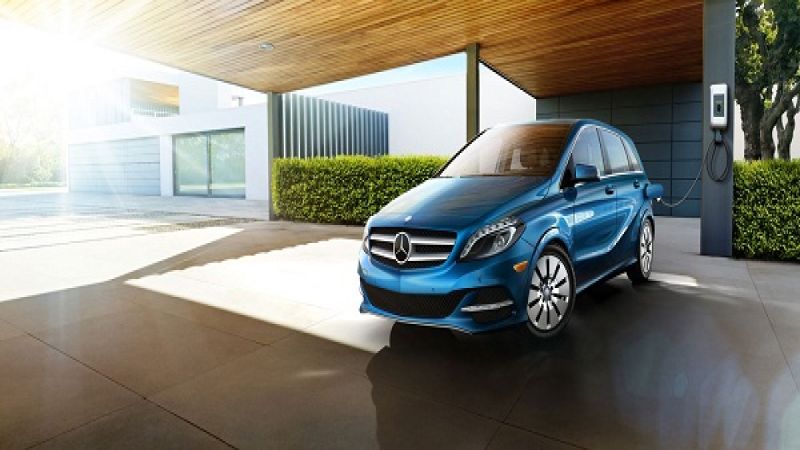






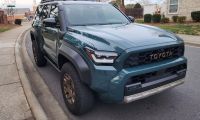
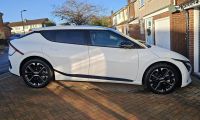
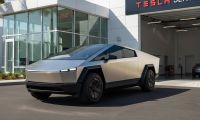
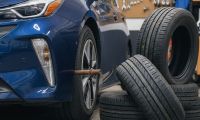
Comments
60-KWh version could power a
Permalink
60-KWh version could power a cabin in the woods very comfortably for two weeks. Say the perfect view lot is a couple of miles off the grid. Buy a Mercedes, charge it up at the last charging station; build off the grid.
100 miles range is the new
Permalink
100 miles range is the new 300 miles range. From what I can tell this won't hurt the new B.
If Nissan is planning to
Permalink
If Nissan is planning to offer battery size choices starting 2016/2017 time frame then M.B. would be wise to follow suit.
Great article Luke. Surveys
Permalink
Great article Luke. Surveys have shown that almost 80% of drivers in the USA do not drive more than 40 miles per day. So is the extra 100 miles in other EV's there just to prevent range anxiety or allow the driver to make that one long road trip per year? Perhaps in the future people will be more accustomed to electric vehicles and range anxiety will steadily decline allowing a 50 mile range to become the new 100 mile range. This is an exciting prospect as a reduced focus on extending the range of BEV's allows for a greater focus on the interior of vehicles or activities supported by the vehicle.
For it's battery capacity, it
Permalink
For it's battery capacity, it IS somewhat disappointing. If it winds up doing far better than its EPA rating like the RAV4EV does, than the limitations chronicled in the article will be largely forgotten... If not, well...
One of the reasons you need more range than you might think is because of the inevitable battery capacity degradation... You need that buffer to insure that the range you require today will still be there three or four years down the road. Early Leaf owners have discovered that only too well.